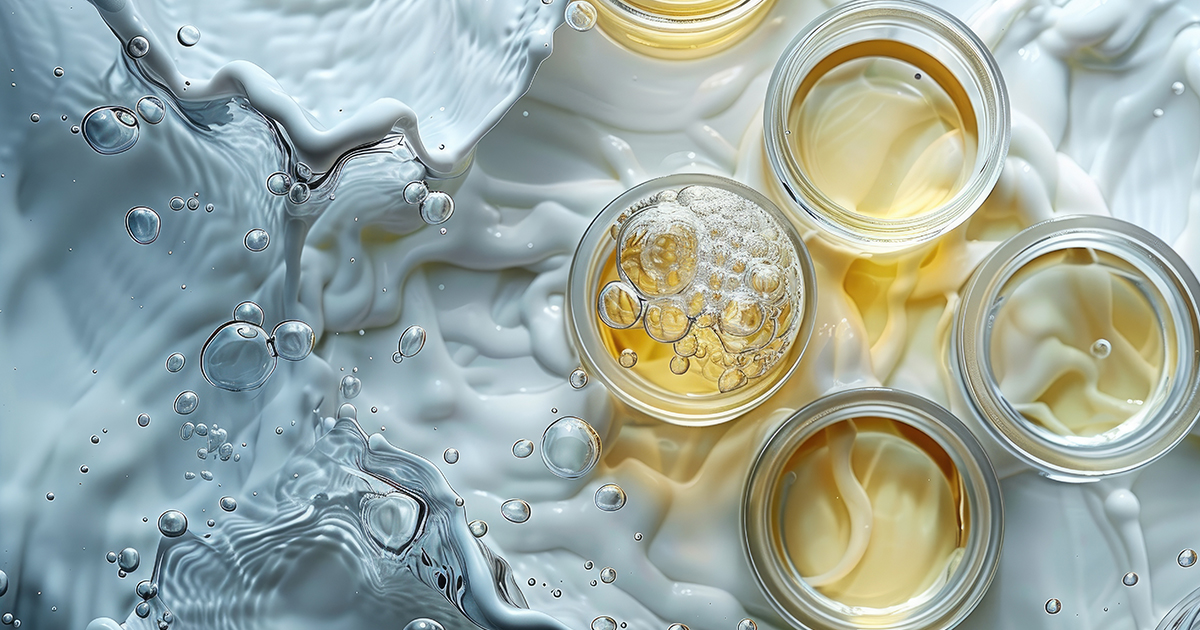- 3.2Impact Factor
- 6.0CiteScore
- 23 daysTime to First Decision
Current and Future Trends in Cosmetics Research: The 10th Anniversary of Cosmetics
Special Issue Information
Dear Colleagues,
It is my pleasure to celebrate the 10th anniversary of Cosmetics, which, over these years, has become a reference for many scientists interested in this area of research. Ten years ago, we took the first steps towards the creation of a journal covering all the different interests related to the biological, biochemical, and clinical research in the cosmetic world. Today, Cosmetics is a common platform for all scientists willing to communicate and exchange information and scientific ideas in this field. Indeed, cosmetic research is a field that aims to develop new products and methods for enhancing the appearance and health of the skin, hair, nails, and other body parts.
Cosmetic research is driven by various factors, such as consumer demand, technological innovations, environmental concerns, and regulatory requirements.
Among the main trends in cosmetic research is the use of natural and organic ingredients, which are perceived as safer, more sustainable, and more ethical than synthetic ones. Natural and organic cosmetics are made from plant-based, mineral, or animal-derived substances, such as oils, extracts, waxes, pigments, and enzymes.
Customization is another trend in cosmetic research. This refers to the development of personalized and customized products which cater to the specific needs and preferences of individual consumers. Personalized and customized cosmetics are based on factors such as skin type, skin tone, hair color, age, lifestyle, and genetic makeup. Some examples of personalized and customized cosmetics are serums, foundations, hair dyes, and fragrances.
Furthermore, the integration of biotechnology and nanotechnology, which enable the creation of novel and advanced materials and formulations, is another key trend. Biotechnology and nanotechnology are fields that manipulate biological and molecular structures such as cells, proteins, DNA, and nanoparticles at the microscopic level. Some examples of biotechnology and nanotechnology cosmetics may be found in anti-aging creams, sunscreens, hair growth stimulants, and color-changing cosmetics.
I am looking forward to receiving your contributions!
Prof. Dr. Enzo Berardesca
Guest Editor
Manuscript Submission Information
Manuscripts should be submitted online at www.mdpi.com by registering and logging in to this website. Once you are registered, click here to go to the submission form. Manuscripts can be submitted until the deadline. All submissions that pass pre-check are peer-reviewed. Accepted papers will be published continuously in the journal (as soon as accepted) and will be listed together on the special issue website. Research articles, review articles as well as short communications are invited. For planned papers, a title and short abstract (about 250 words) can be sent to the Editorial Office for assessment.
Submitted manuscripts should not have been published previously, nor be under consideration for publication elsewhere (except conference proceedings papers). All manuscripts are thoroughly refereed through a single-blind peer-review process. A guide for authors and other relevant information for submission of manuscripts is available on the Instructions for Authors page. Cosmetics is an international peer-reviewed open access semimonthly journal published by MDPI.
Please visit the Instructions for Authors page before submitting a manuscript. The Article Processing Charge (APC) for publication in this open access journal is 1800 CHF (Swiss Francs). Submitted papers should be well formatted and use good English. Authors may use MDPI's English editing service prior to publication or during author revisions.
Keywords
- materials and ingredient research related to cosmetics
- therapeutic options for skin, hair and body care
- product formulations and ingredients
- cosmetic olfactory research developments
- technologies in cosmetic product development
- testing of skin and hair products
- toxicological studies of cosmetic products
- in vivo and in vitro testing of cosmetic products
- pure and applied research involved in skin, hair and body cosmetics
- analytical chemistry of essential components involved in cosmetic product formulations
- biomedicine research on biologically active components
- regulatory and ethical issues in cosmetic research
- dermatology, microbiology, anatomy, physiology, immunology and biochemistry of the skin
- facial rejuvenation, laser therapy
- cosmetic surgery and related medicine techniques

Benefits of Publishing in a Special Issue
- Ease of navigation: Grouping papers by topic helps scholars navigate broad scope journals more efficiently.
- Greater discoverability: Special Issues support the reach and impact of scientific research. Articles in Special Issues are more discoverable and cited more frequently.
- Expansion of research network: Special Issues facilitate connections among authors, fostering scientific collaborations.
- External promotion: Articles in Special Issues are often promoted through the journal's social media, increasing their visibility.
- e-Book format: Special Issues with more than 10 articles can be published as dedicated e-books, ensuring wide and rapid dissemination.

